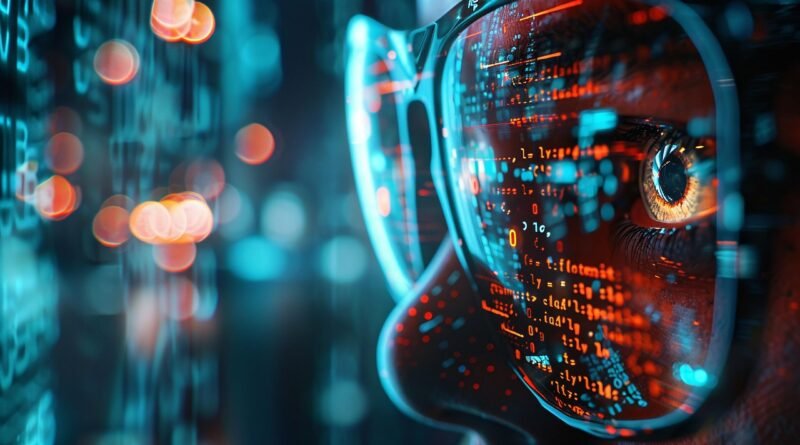Rise of AI-Powered Cyberattacks: How Hackers are Using AI to Outsmart Defenses
Introduction
As artificial intelligence (AI) becomes increasingly integrated into our daily lives, it’s no surprise that it’s also reshaping the world of cybersecurity — both for good and for bad. While organizations use AI to detect and prevent threats faster than ever, cybercriminals are also adopting AI to craft more sophisticated, stealthy, and devastating attacks.
In this post, we explore how hackers are leveraging AI to launch next-gen cyberattacks, recent real-world examples, and what this means for the future of cybersecurity.
What Are AI-Powered Cyberattacks?
AI-powered cyberattacks use machine learning (ML), natural language processing (NLP), and automation to:
- Bypass security defenses,
- Automate phishing and social engineering,
- Evade detection by adapting in real-time.
Unlike traditional attacks, AI allows these threats to evolve, making them significantly harder to detect and stop.
How Hackers Are Using AI Today
1. Intelligent Phishing
AI tools like ChatGPT or custom-trained language models can generate highly convincing phishing emails with perfect grammar, personalized content, and localized language — drastically increasing the chances of user clicks.
2. Deepfake Voice and Video Scams
Cybercriminals are using AI-generated deepfakes to impersonate CEOs or colleagues in video calls or voice messages, tricking employees into transferring funds or revealing confidential information.
3. Adaptive Malware
Hackers use AI to develop malware that changes its code signature in real-time, avoiding traditional antivirus and EDR systems. These “polymorphic” malware samples can bypass detection even in monitored environments.
4. Automated Vulnerability Discovery
AI can scan software and systems faster than humans to discover zero-day vulnerabilities. Some underground groups even use ML algorithms to test the effectiveness of different exploits before launching attacks.
Real-World Incidents
- 2023 — Deepfake CEO Scam: A Hong Kong employee was tricked into wiring $25 million after a video call with what appeared to be their company’s UK-based CFO — later revealed as an AI-generated deepfake.
- 2024 — WormGPT in the Wild: A malicious alternative to ChatGPT, WormGPT, was used by cybercriminals to generate flawless BEC (Business Email Compromise) emails, resulting in millions in losses worldwide.
Why This Is Dangerous
- Scales rapidly: AI automates tasks that once needed human effort.
- Personalized attacks: AI can scrape and analyze data from social media and the dark web to tailor attacks to individuals.
- Blurs the line between real and fake: Deepfakes and auto-generated texts can fool even the most vigilant users.
The Good News: AI vs. AI
Cybersecurity firms aren’t standing still. They are now deploying defensive AI systems that:
- Analyze user behavior to detect anomalies,
- Detect phishing in real time using NLP models,
- Use AI-powered threat intelligence to predict attack trends.
But this is an arms race — and attackers are catching up fast.
What Can You Do?
For Businesses:
- Use AI-based cybersecurity tools for detection and response.
- Conduct regular training on deepfake and phishing awareness.
- Implement multi-factor authentication (MFA) and zero-trust architecture.
For Individuals:
- Verify unknown emails or messages — even if they look real.
- Be cautious with what you share online — data fuels personalized attacks.
- Stay updated on the latest threats and best practices.
Final Thoughts
AI has forever changed the cybersecurity landscape. While it offers powerful tools to defend systems, it also gives cybercriminals unprecedented capabilities. As we move into a future where AI tools are accessible to anyone — including bad actors — organizations and individuals alike must stay alert and evolve their defenses.
Cybersecurity in the AI era is no longer just about prevention — it’s about constant adaptation.

